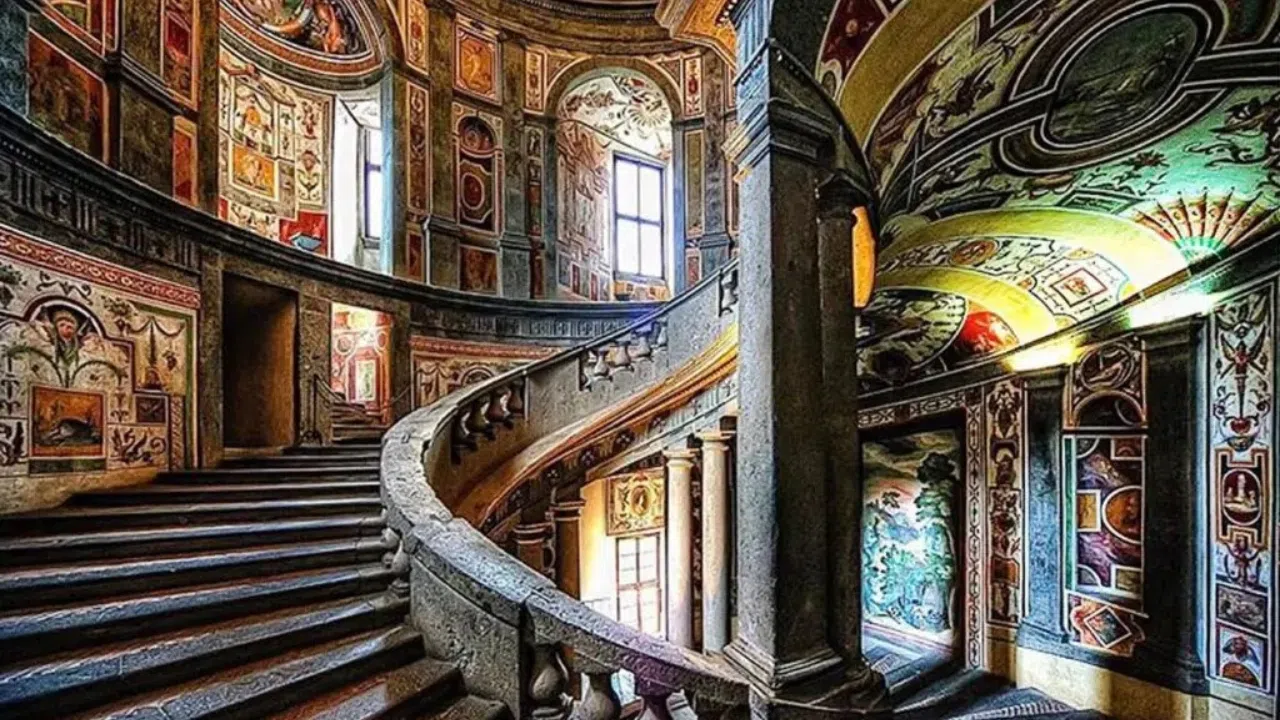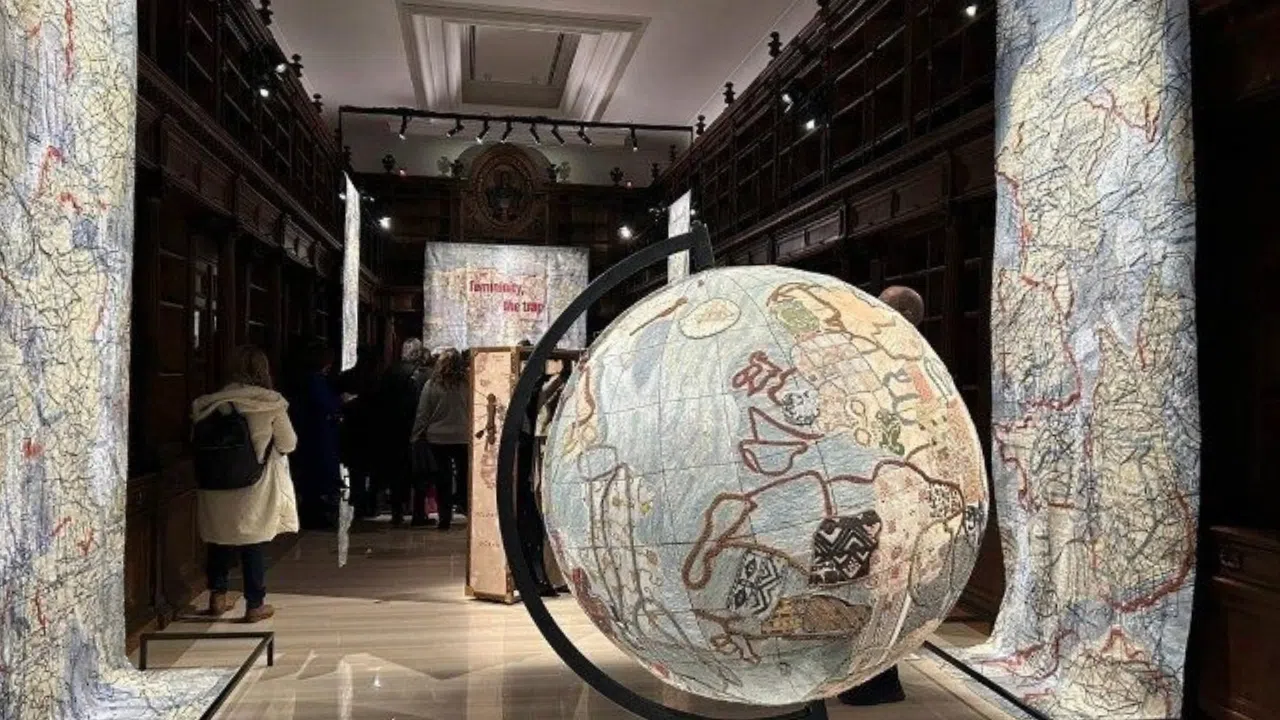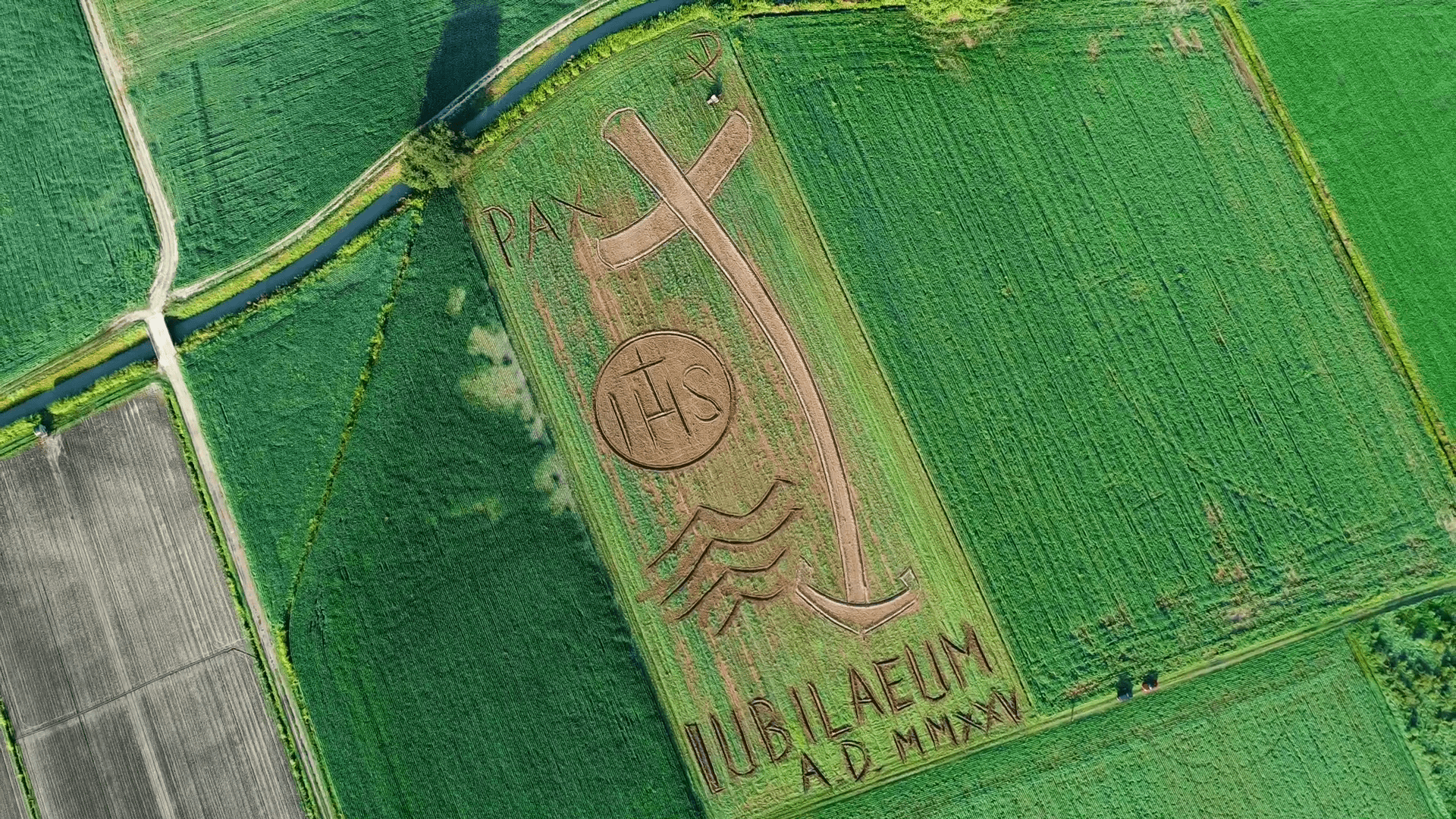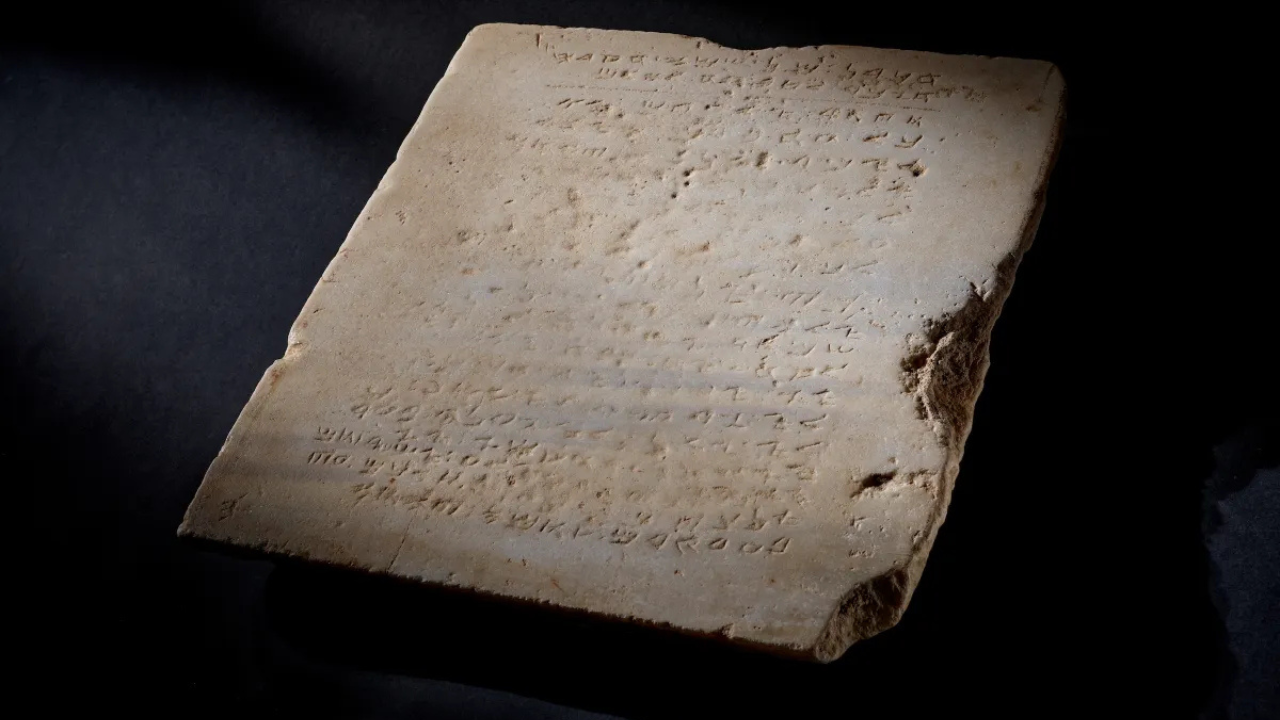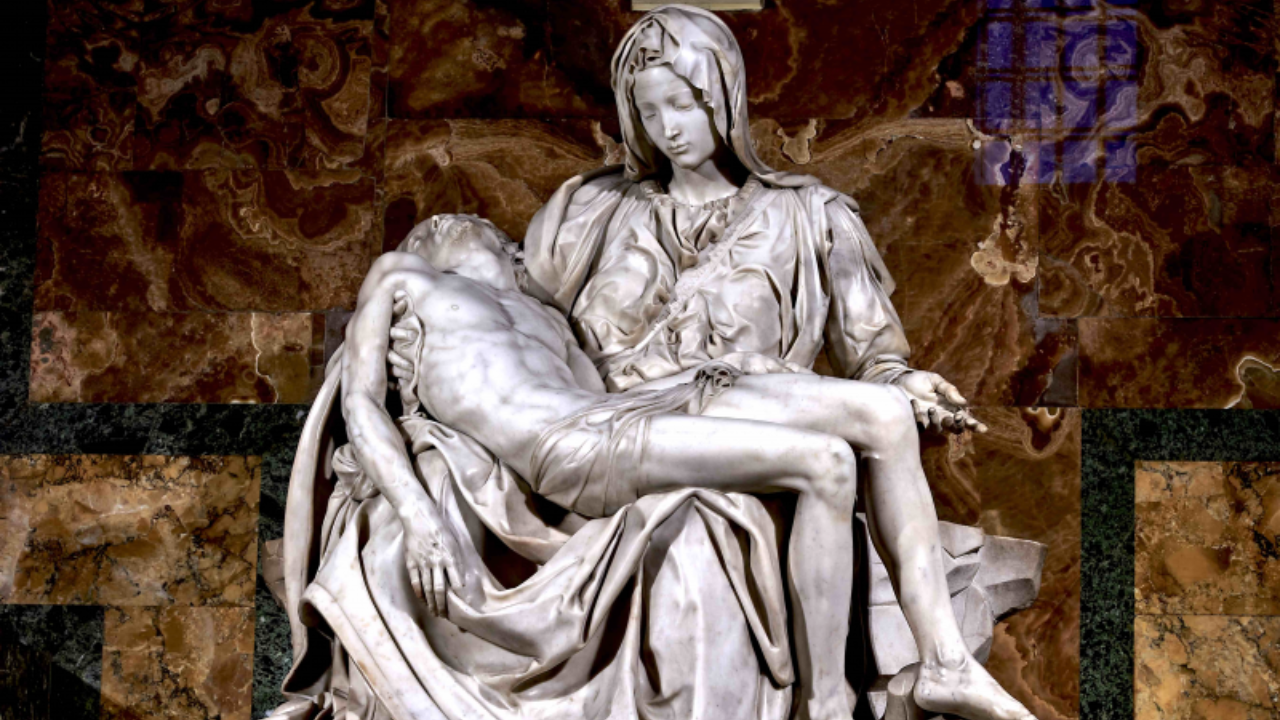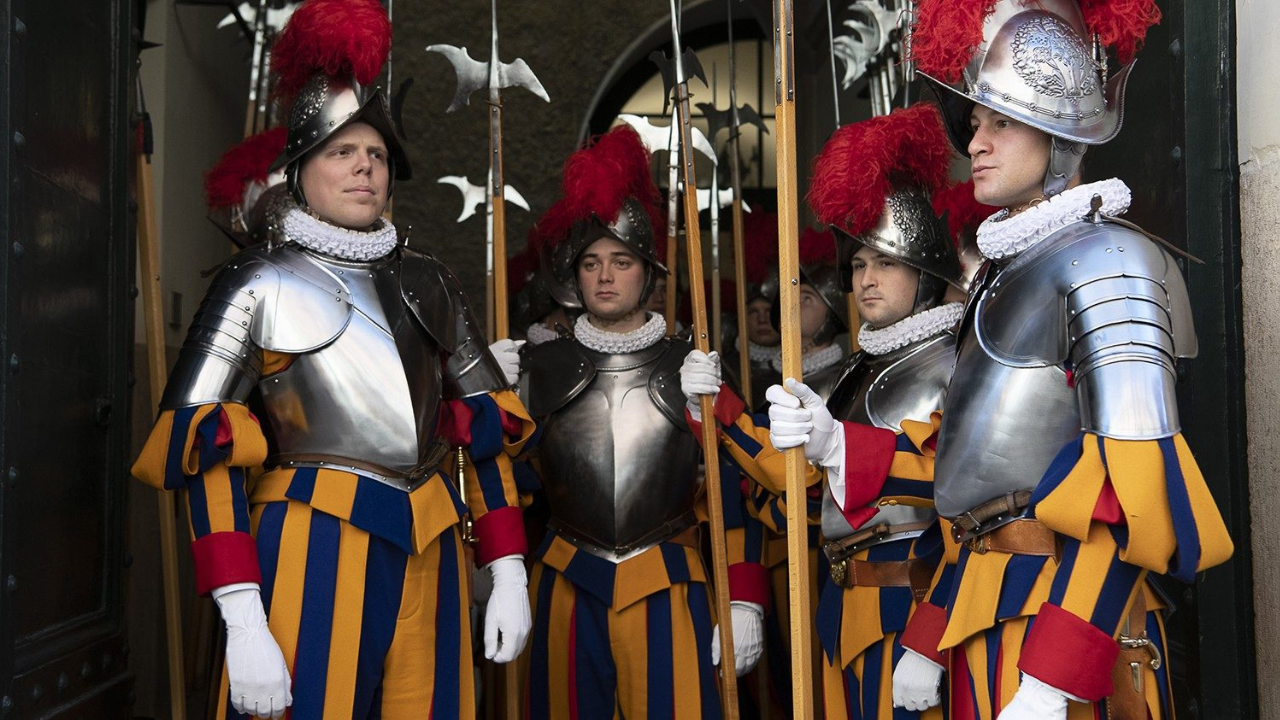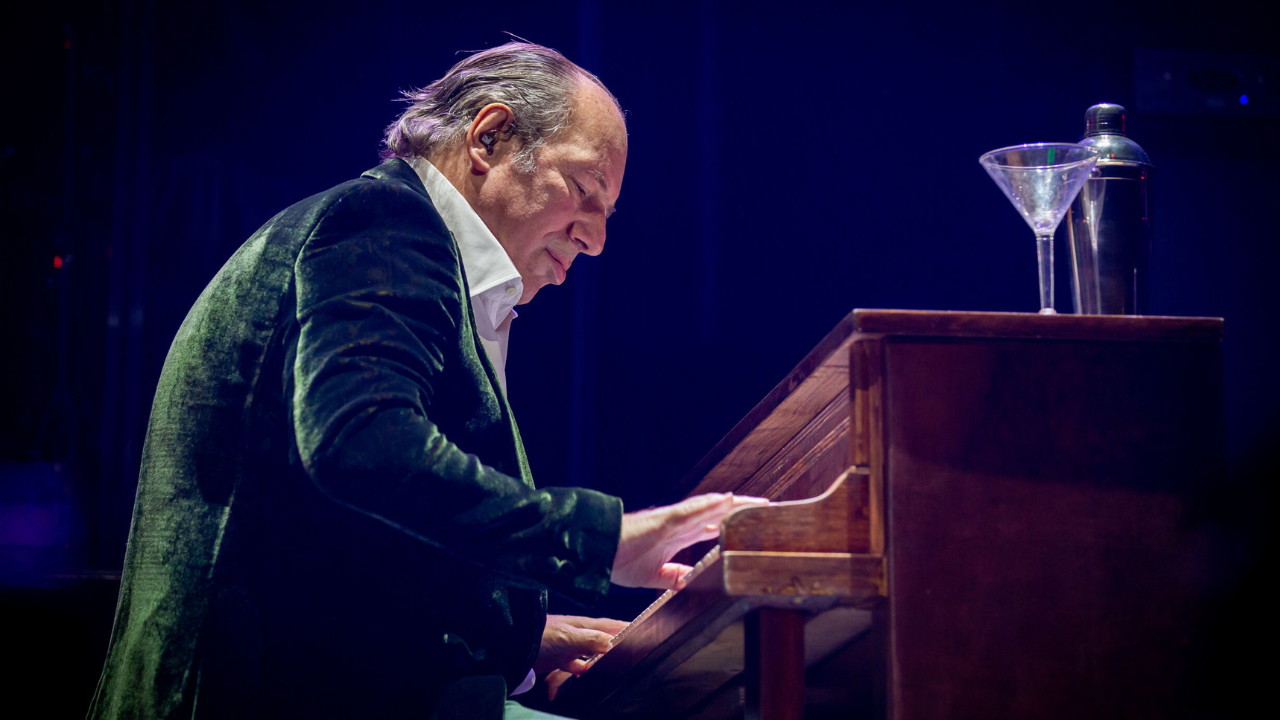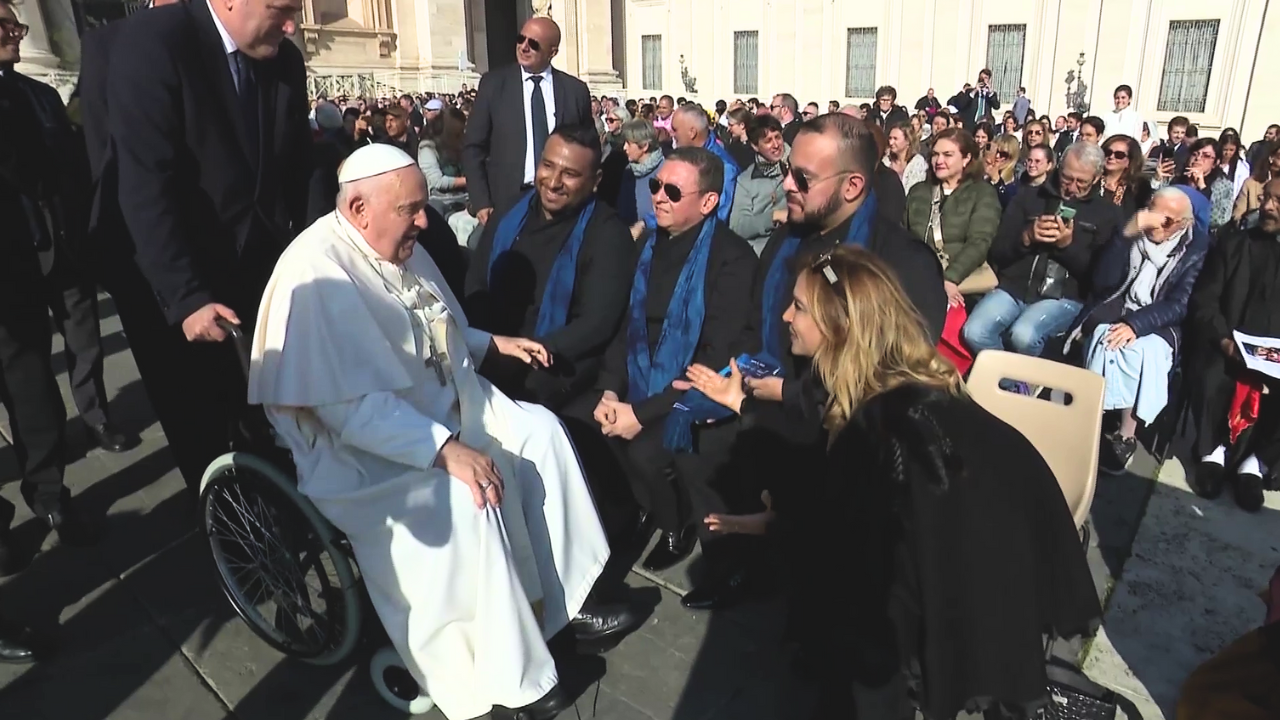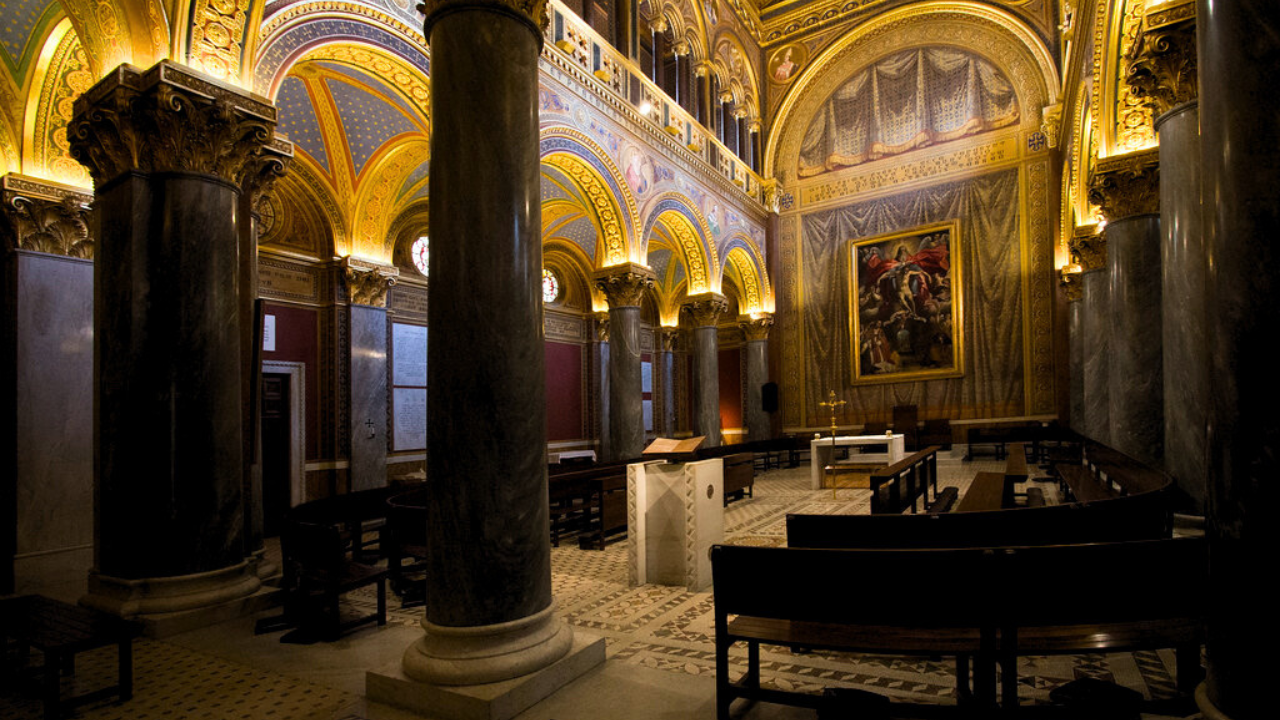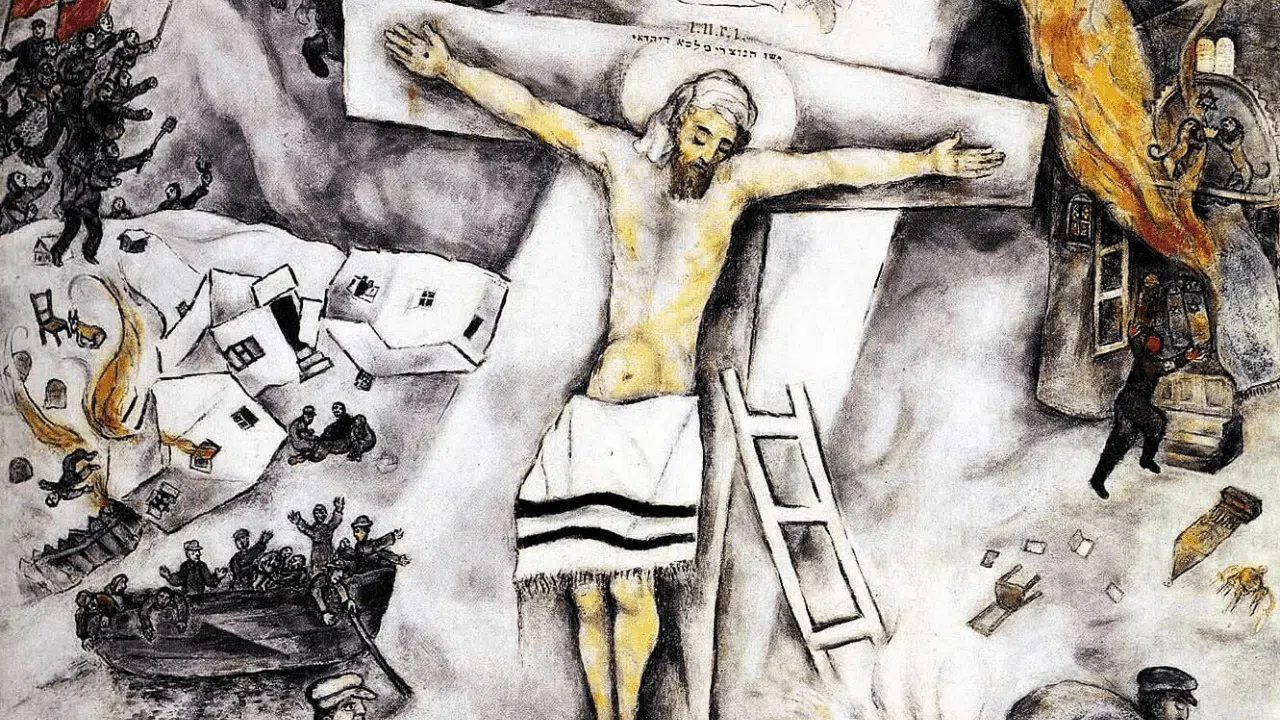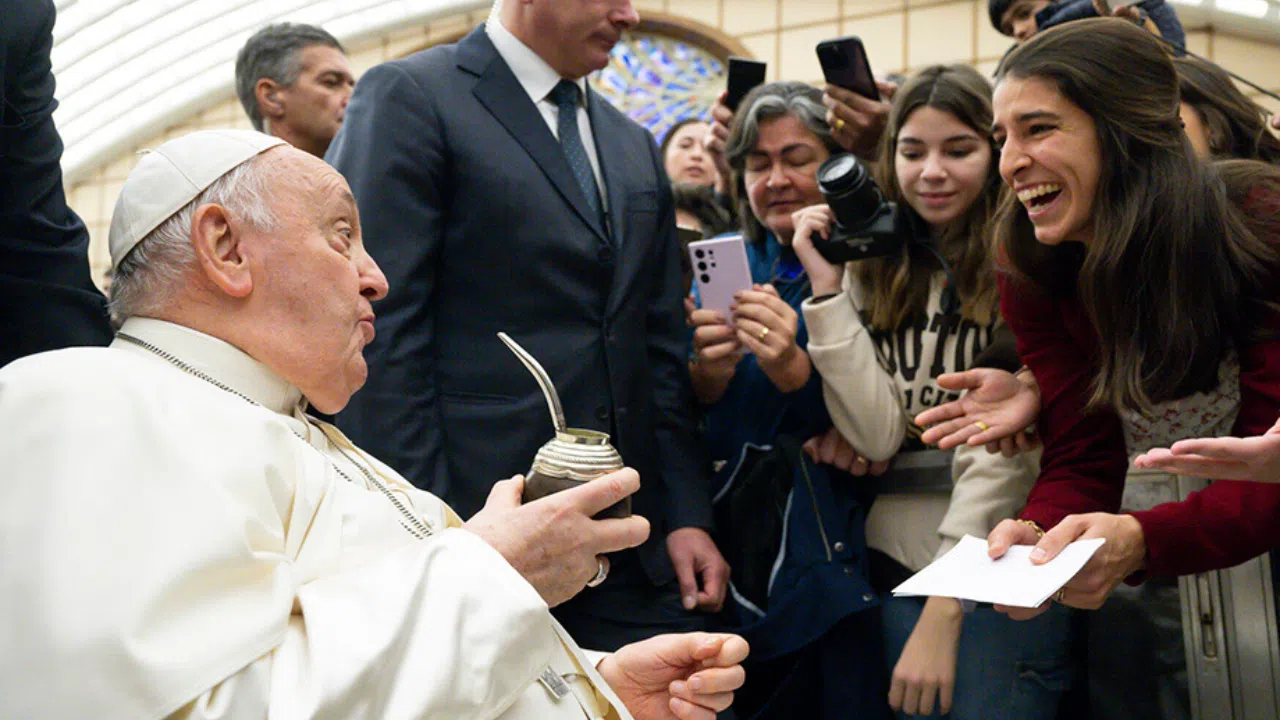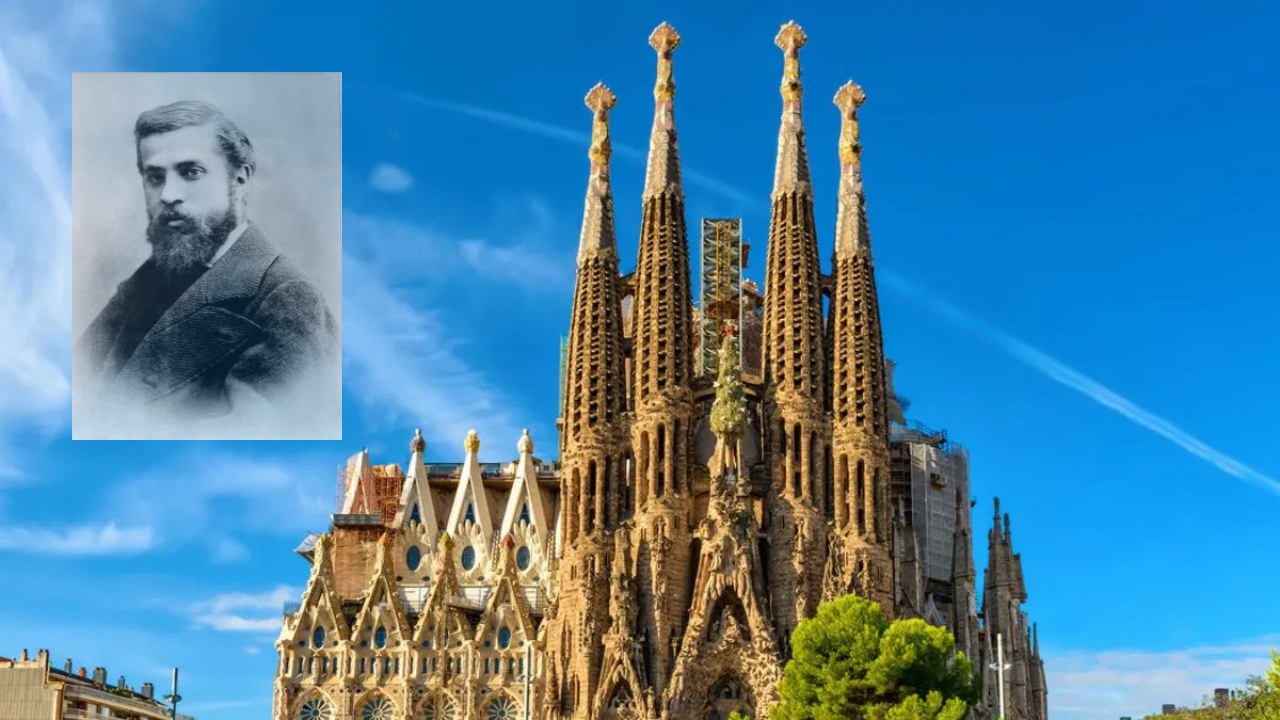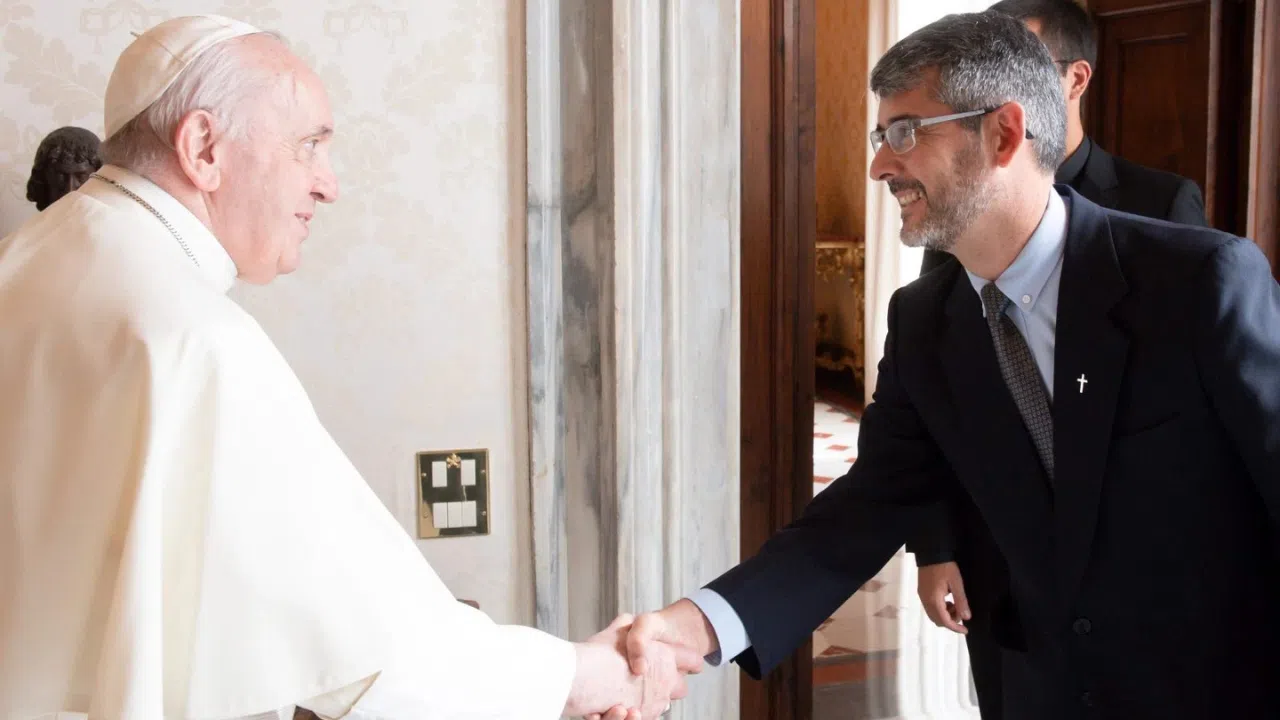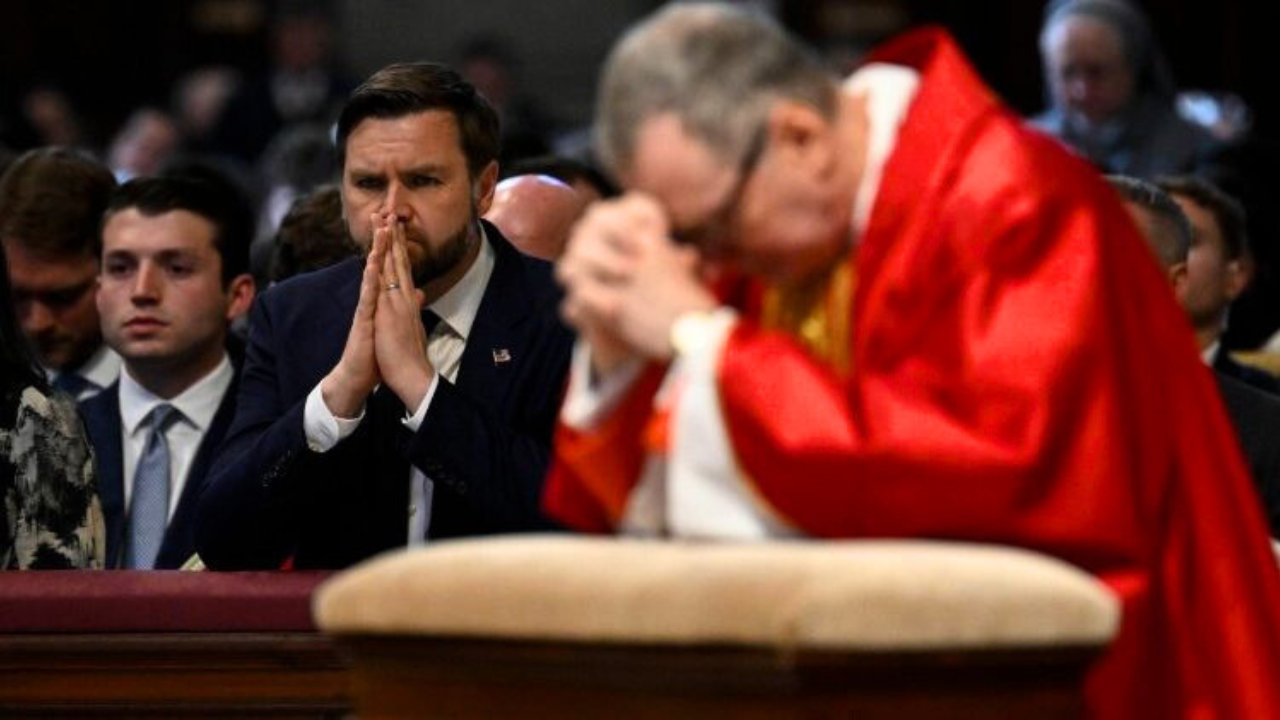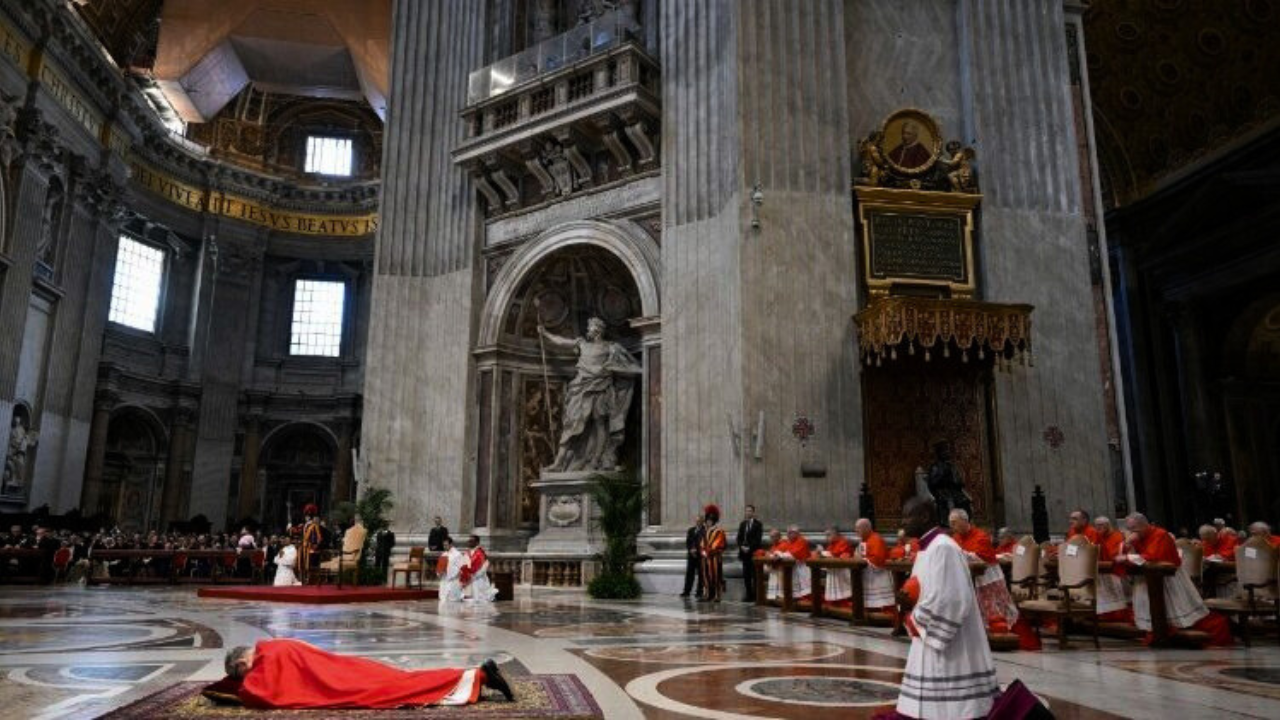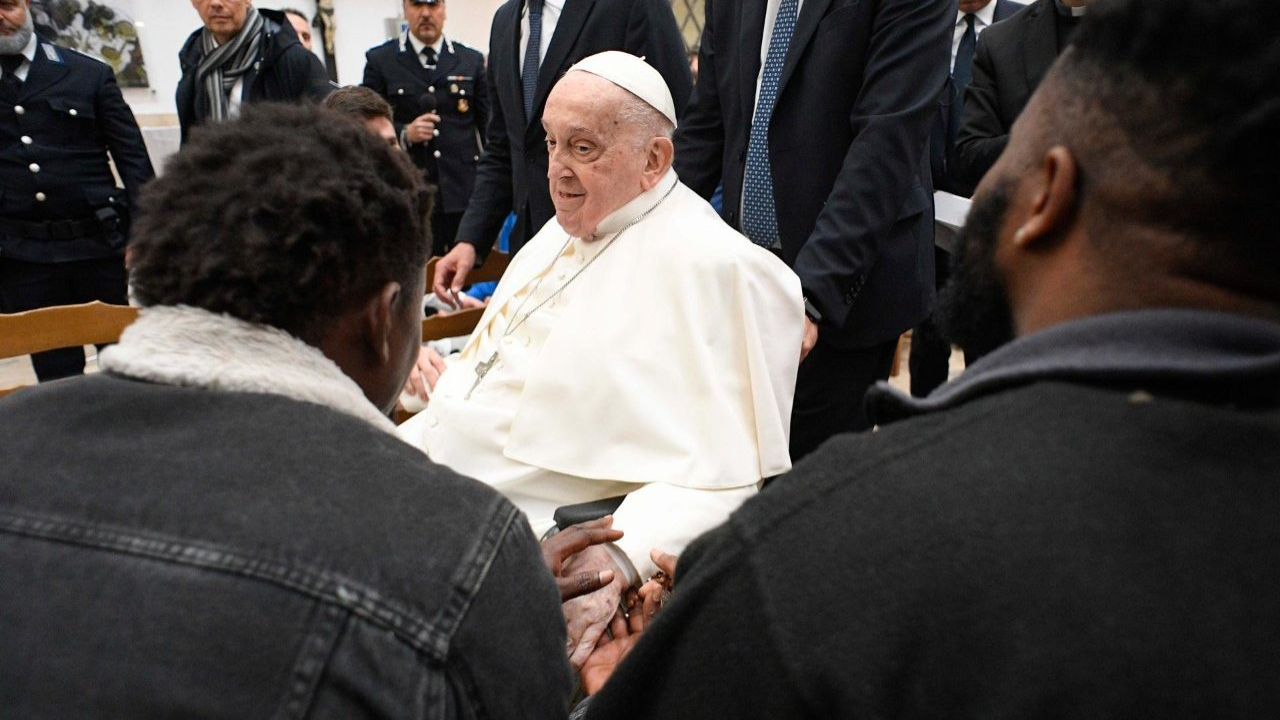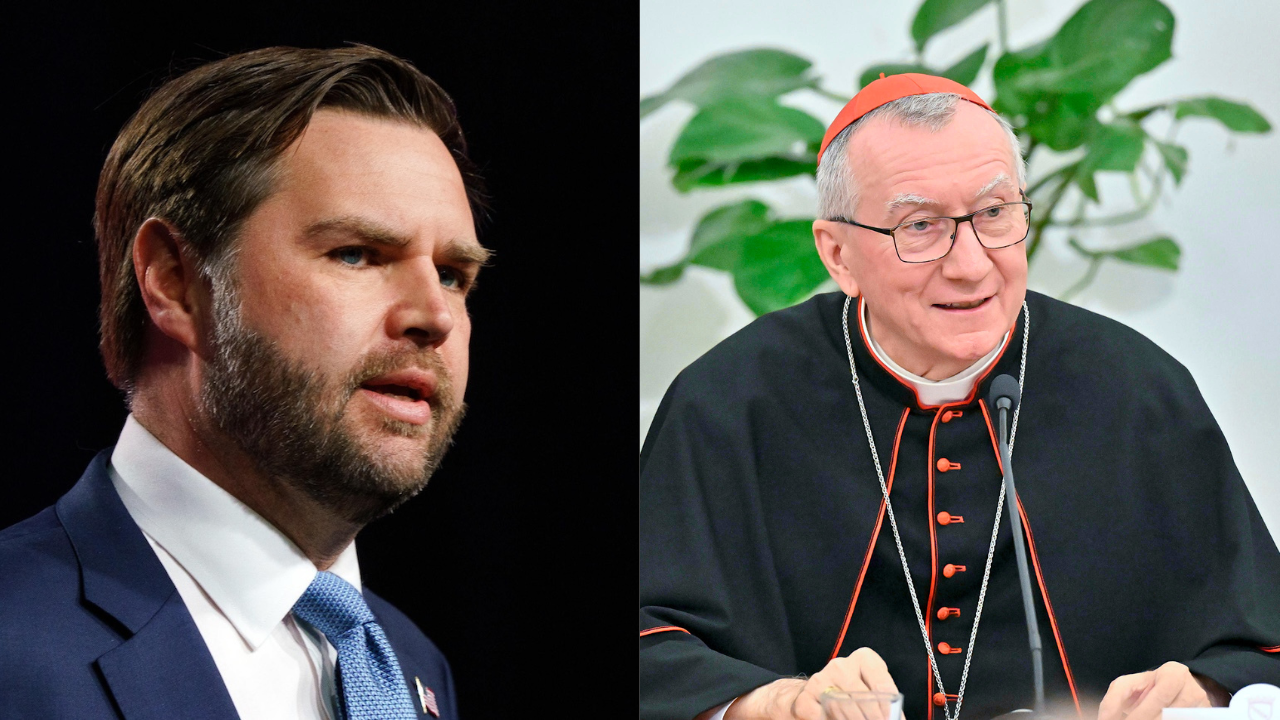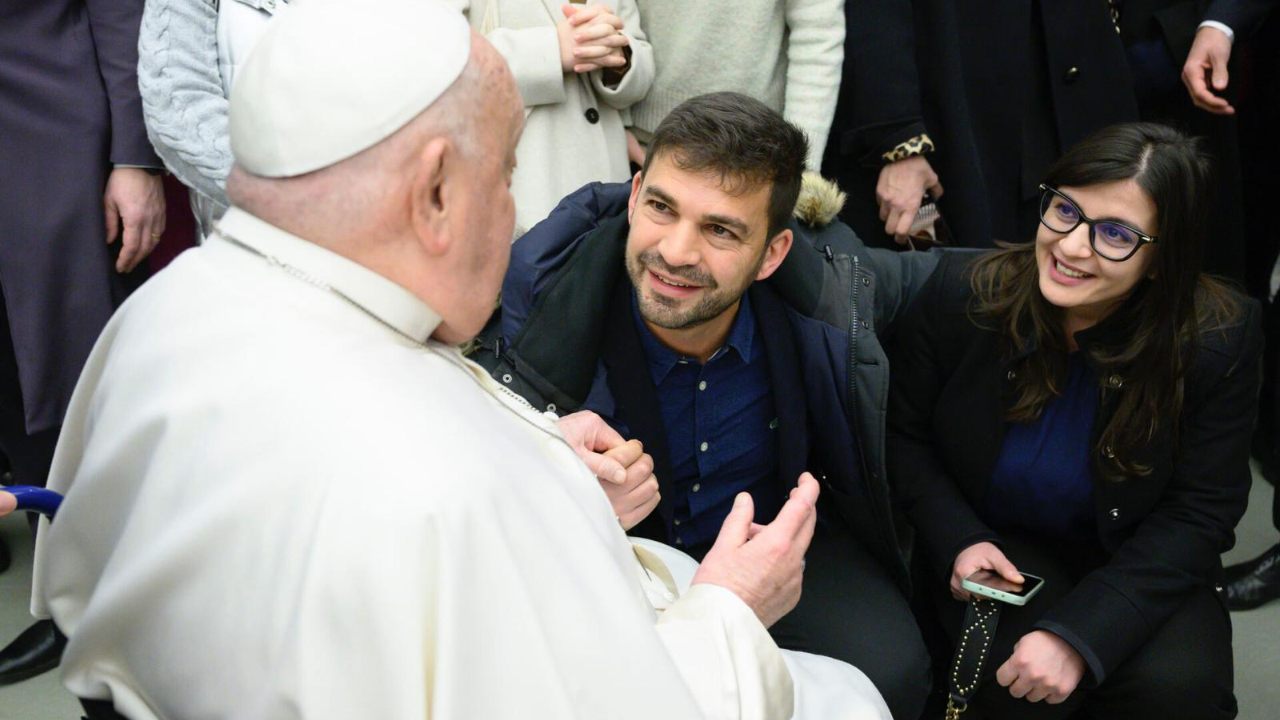The relics of the French friar Caesarius now have their own space in the Pio-Christian Museum, a part of the Vatican Museums, until next June 25.
What makes this collection from the Bishop of Arles so special is that around the year 500, it was one of the greatest treasures of early sixth-century Gaul. However, who was this friar who was responsible for Rome and France maintaining their relationship?
ALESSANDRO VELLA
Vatican Museums
'Caesarius was a holy bishop of Arles, and guided the Christian community in this city in the first half of the sixth century. It was important because he not only represented a reference point for the city, but also for all of Gaul in a time of great political difficulty, because we are talking about the period in which the empire was almost defeated.â?
Although Caesarius is not one of the most famous figures in history, he was a great humanist, saint, and scholar. He was received by King Theodoric in Ravenna, as well as by Pope Symmachus in Rome, who even gave him a woolen pallium.
ALESSANDRO VELLA
Vatican Museums
'The pallium is the union of Caesarius with Rome. We know from ancient sources that Pope Symmachus gave him this pallium, and with it the opportunity to carry out this liturgical teaching throughout the regions of Gaul, as a symbol of closeness and communion with Rome.'
The exhibition is divided into five sections, in which they portray a type of 'dialogue between art collections.â? They include both the relics of St Caesarius and the testimonies of his cult, all from Arles and Provence.
ALESSANDRO VELLA
Vatican Museums
'The relics communicate the constant presence and concreteness of a figure that is not an evanescent name, but a person who lived naturally, who is alive in the memory and who also has much to teach us.'
This collection is evidence that not even time has the capability to cover up all of the secrets of the past.
AQ/JC
RR
- f
Up:jc
